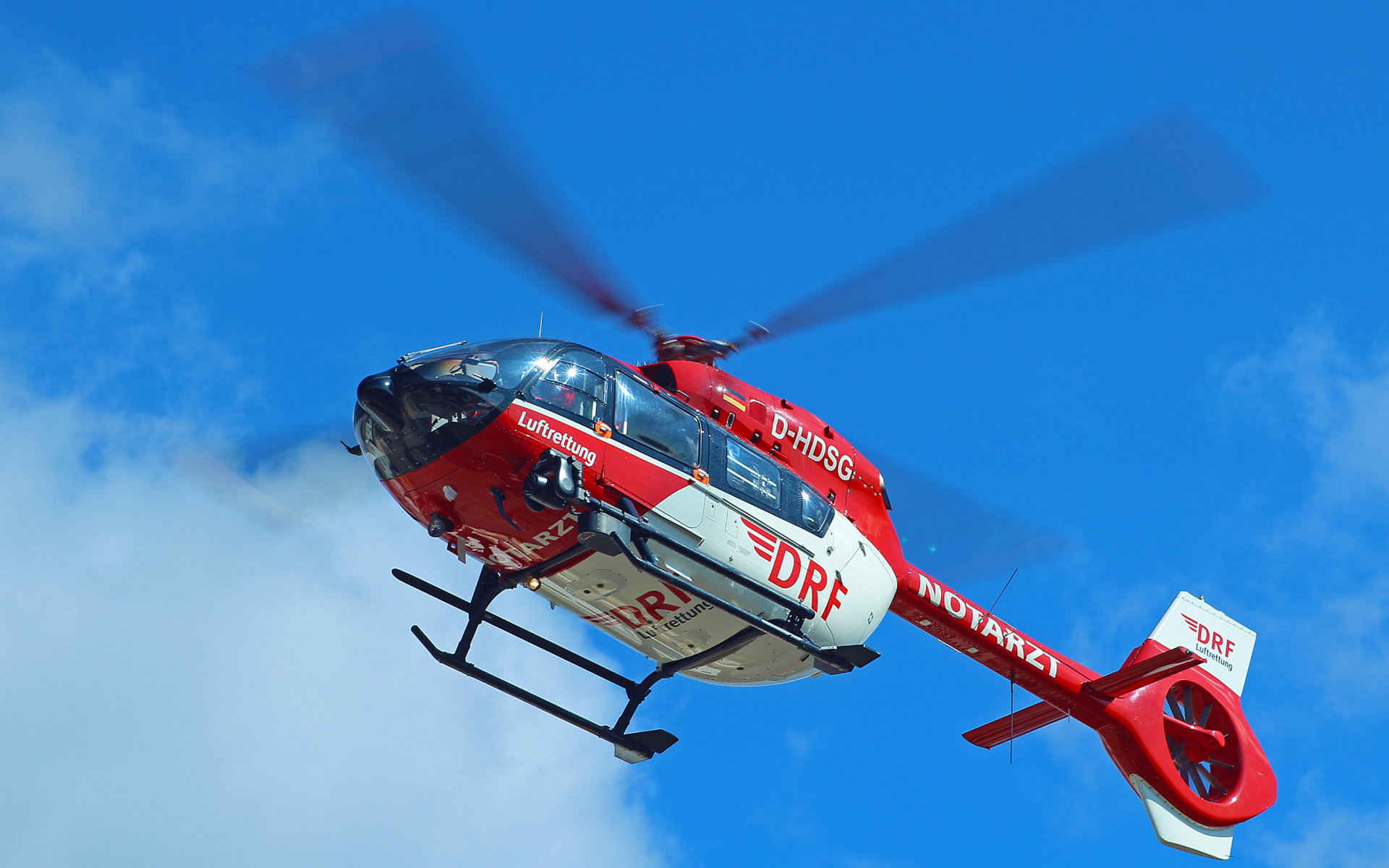At their nationwide stations, DRF Luftrettung’s red and white helicopters were alerted in the first half of 2019 over 3,050 times due to strokes, acute cardiovascular disease, heart attacks and severe injuries. In these operations, every minute counts for the patients. According to DRF Luftrettung, the chance of survival and recovery for patients can be improved by implementing the “next-best” arming strategy.

The medical societies make it clear again and again: patients recover better with certain time-critical diagnoses (so-called tracer diagnoses) such as heart attack, stroke or craniocerebral trauma, if they are provided with care as soon as possible after an emergency call at a suitable clinic for the disease. But control centers usually alarm the rescue means, which can reach the place of application the fastest. Their focus is on the legally required auxiliary period — for example, the question of how long it takes after the emergency call to get medical help to the patient.
“Valuable minutes pass, for example, if the helicopter is not alerted until the arrival of a ground-based emergency physician for transport to a special clinic,” explained Dr. Peter Huber, CEO of DRF Luftrettung.
Therefore, trade associations and aid organizations such as DRF Luftrettung are working on the disposition of rescue equipment nationwide according to the so-called “next-best” strategy. According to this strategy, the control center dispatcher should also consider two aspects of tracer diagnostics: compliance with the auxiliary period and the so-called prehospital time. This is the time span between illness or accident and the time when the patient is being cared for in a clinic that is most suitable for him or her. In order to keep this time span as low as possible, all necessary rescue means must be alerted simultaneously. Here, air rescue plays an important role, especially in rural areas, because helicopters transport patients faster to the corresponding clinic in comparison to ground-based rescue vehicles.
“The next-best strategy makes it clear that all stakeholders must be respected to improve our emergency care, from command centers to ground-based ambulance and clinics to air rescue. Only in this way can we protect what is unique and irreplaceable through optimal cooperation: every human life,” Huber concluded.









